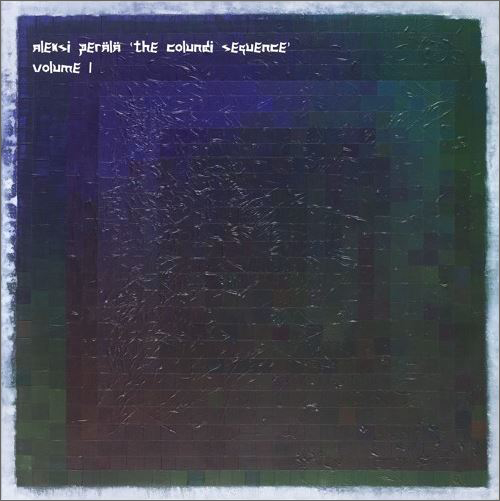One of the great liberations in electronic music production has come in allowing musicians to escape from the limitations of Western tonal music, where a semitone is the smallest interval between two notes.
There’s nothing particularly new about microtonality – Indian, Indonesian, Thai, Burmese and African music all use alternative tuning systems, while Western composers have been playing with the idea of notes between notes since the early 20th Century. But electronic music production has nourished the idea, removing the need for music makers to notate their microtonal ideas in a traditional style and leaving them free to play around with sound. In the case of the Aphex Twin – who has been using microtointervals since Selected Ambient Works – electronic production has even taken microtonality into the mainstream.
Aleksi Perälä, who once released music through Aphex’s Rephlex label as Ovuca and Astrobotnia, is the latest convert to the microtonal cause. For the last few years he’s been developing the Colundi Sequence with former Rephlex boss Grant Wilson-Claridge, who described the process thus to The Wire: “Instead of dividing the keyboard into octaves with semitones, we have chosen specific frequencies to work around… The scale is 128 resonant frequencies chosen via experimentation and philosophy, each relating to a specific human bio-resonance, or psychology, traditional mysticism or belief, physics, astronomy, maths, chemistry.”
Things only get stranger here on in. In a revealing – if rather odd – interview with Resident Advisor Perälä claims that Colundi is “so potent that you have to be careful of it” and will come to encompass all world religions. "Colundi’s like a huge sphere, and then there’s Christianity and Muslims and Atheism and science, little bubbles [underneath it]. I can’t put it any better than that."
Driven by such fervour, the past two years have seen Perälä release a steady stream of new Colundi music on Bandcamp – we’re up to Level 16 now – each Level home to upwards of 10 tracks based on new Colundi sequences. These are named (presumably) according to the sequence itself, so Level 1 has 11 tracks, the names of which each start with GBBVT1337, while Level 16 has 24 tracks, each of which starts UK74R1618.
It is, frankly, a baffling amount of music based around an esoteric concept. But help is at hand thanks to Clone Basement Series, which has rounded up the best of Perälä’s Bandcamp releases in an 18-track compilation of fresh-faced, forward-looking Detroit-ish techno that can be enjoyed without recourse to a degree in musicality.
If you were looking for a point of reference, you could say The Colundi Sequence Vol.1 resembles the otherworldly melodies of Aphex’s Selected Ambient Works 2 retuned for the dance floor. But the key to The Colundi Sequence Vol.1 is not so much what it sounds like but what it doesn’t sound like.
The use of Colundi scales means that the melodies on this album – and it is a very melody-rich record – sound alien to Western ears, the notes never quite landing where you expect. They sound “wrong”, in other words but not chaotically so, as if obedient to their own inner logic. The effect is one of unsettling beauty, like a classical painting fed through Google’s neural networks.
Underneath these melodies run simple, yet effective drums, which do just enough the push the music onto the dance floor without ever getting in the way. The drums, you feel, are not the point here but the are immaculately produced nonetheless: opener ‘UK74R1512110’ adds ravey whistles, vacillating hats and strident claps to a solid kick; ‘UK74R1516030’ has a glistening, Drexciya-style electro shuffle; and ‘UK74R1409097’ rides a bubbling beat that has all the pristine precision of Kraftwerk. Elsewhere, ‘UK74R1517030’ and ‘UK74R1406090’ nod more to Rephlex’s drum-and-bass-influenced Braindance rhythmic style.
Clone “calls the album”“music that excels in a dark, smokey and isolated basement (including the dark corners of your brain)” and you can see their point: The Colundi Sequence Vol.1 is music for the brains and for the feet, music that can be pulled apart and endlessly analysed or enjoyed on a physical level of release. In the end, the Colundi Sequence may not bring about pan-religious world harmony but it has given us one of the most intriguing, emotional electronic music albums of the year. And maybe that’s enough.


